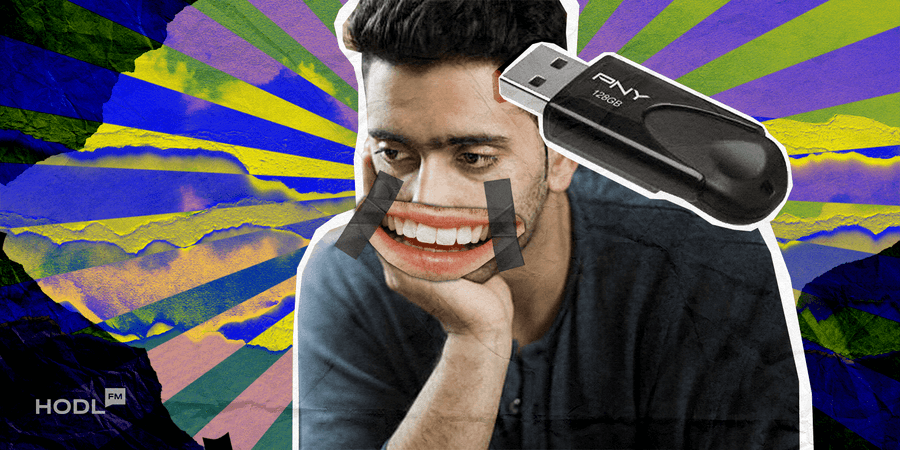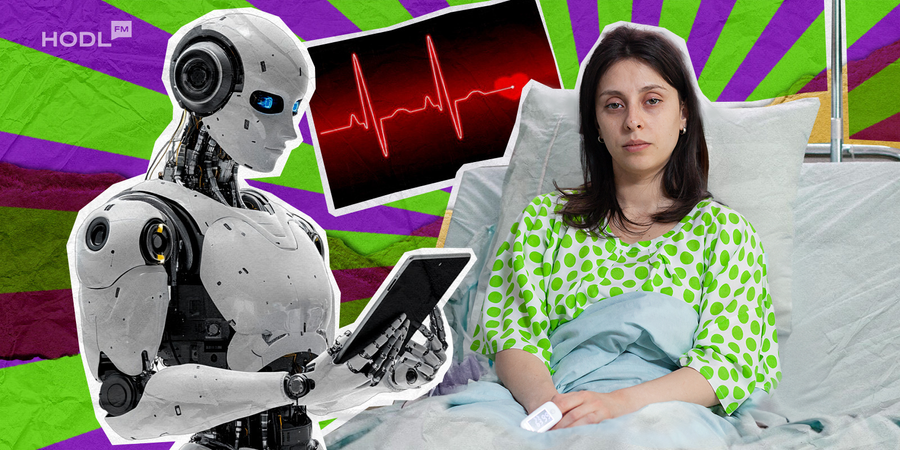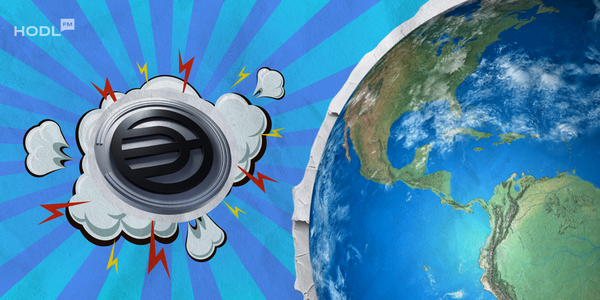Anne, a stroke survivor who had been voiceless for 18 long years, is finally finding her voice—literally—thanks to an innovative brain-computer interface developed by researchers at the University of California, Berkeley and UC San Francisco. Blending neuroscience with artificial intelligence, this breakthrough has turned her brain signals into real-time, natural speech, and it might just be the most heartwarming tech story of the year.
Breakthrough Moment in Neural Science
The research, published in Nature Neuroscience, details how the team used a grid of electrodes placed over Anne’s brain’s speech center to capture her neural signals. These signals would have otherwise been silent for nearly two decades. As Assistant Professor Gopala Anumanchipalli explained in an interview, “Unlike other species that share vision or hunger with us, speech is what makes us uniquely human. It’s still one of the big unknowns—how our brilliant neural networks create intelligent, fluid conversation.”
Using the captured signals, the researchers then fed them into a custom-designed machine learning system. This isn’t your run-of-the-mill off-the-shelf AI; everything was built from scratch to suit Anne’s unique neural patterns. The twist? They integrated audio from her own past—a cherished wedding video from 20 years ago—to digitally recreate a synthetic voice that matches her natural tone. With this marvel of modern engineering, her thoughts are now being translated to words in real time, essentially giving her the gift of speech just when she needed it the most.
Tech Magic at Work
What makes this development even more impressive is the blend of old-school emotional connections with futuristic technology. Imagine hearing your voice from a wedding video suddenly providing the scaffolding for your first spoken words after years of silence—there’s something remarkably poetic about it. Anumanchipalli shares that the AI fills in the gaps between what Anne intends to say and the voice that emerges, but the real hero here is Anne herself, who has been doing the heavy lifting with her brain all these years. In his own words, “The brain evolved over millions of years to support fluid communication. We’re just following its lead.”
Privacy and Customization in Harmony
In the sphere of medical devices and neural interfaces, privacy often comes up as a major concern. That’s why the research team was adamant about keeping Anne’s neural data local. “We’re not sending her signals off to some Silicon Valley company to be processed. Everything stays here, custom-made and secure,” Anumanchipalli noted. This dedicated focus not only ensures a high degree of customization for Anne but also preserves her privacy—a critical factor in the sensitive field of brain-computer interfaces.
A Glimpse into the Future of Communication
Anne’s successful trial is just one example of what brain-machine interface technology might achieve in years to come. Researchers are already discussing the possibility of using similar systems to help treat a range of neurological disorders, from severe paralysis to speech impairments that have long rendered patients isolated and cut off from the world. Imagine a future where an implant not only restores speech but also could potentially offer real-time translation across multiple languages, turning a silent room into a conversation hub, or even enabling people with disabilities to interact with their environment in ways once considered impossible.
Tech Enthusiasts and Medical Experts Are Listening
The breakthrough has sparked excitement in both biotech and tech circles. Major players in neuroscience, including Elon Musk’s Neuralink, are also exploring similar avenues of innovation, albeit with a different flavor. While Neuralink recently opened its patient registry for brain-computer interface trials targeting various disabilities, the University of California team’s achievement stands out for its focus on restoring one of the most personal aspects of human existence—speech.
Merging Art and Science
The project is an elegant demonstration of how art and science can come together. On one hand, you have the cold, clinical process of capturing neural signals with a grid of electrodes; on the other, you’re harnessing the warm, nostalgic power of a decades-old wedding video to recreate a familiar voice. It’s an approach that not only transforms lives but also redefines what is possible when technology meets the human spirit.
A New Chapter in Neuroscience
For Anne and countless others who live with the challenges of speech impairments, this breakthrough offers more than just a technical achievement—it provides hope. It shows that even after 18 years of silence, the science of connections, both neural and emotional, can finally speak out loud.
For those following the rise of brain-computer interfaces and AI-driven therapies, Anne’s story is a testament to the transformative power of technology. Stay tuned as more innovations in this field promise to unlock the mysteries of the human brain, one breakthrough at a time.

Disclaimer: All materials on this site are for informational purposes only. None of the material should be interpreted as investment advice. Please note that despite the nature of much of the material created and hosted on this website, HODL FM is not a financial reference resource and the opinions of authors and other contributors are their own and should not be taken as financial advice. If you require advice of this sort, HODL FM strongly recommends contacting a qualified industry professional.





